(First upload on October 20 2019. Last on April 30 2023) [ 日本語 | English ]
Mount Usu / Sarobetsu post-mined peatland
From left: Crater basin in 1986 and 2006. Cottongrass / Daylily
HOME > Plant list (植物リスト) > Pinaceae (マツ科) > Spruce (non-native to Japan)
[ P. abies | P. glauca | P. pungens | P. engelmannii | P. sitchensis ] [bark (樹皮)]
|
Shirotouhi (シロトウヒ, 白唐檜), white spruce Kanadatouhi (カナダトウヒ, 加奈陀唐檜) Lifeform: tall needle-leaved evergreen tree Distribution: widespread in the boreal regions of North America Habitat: climax tree developing taiga (Tsuyuzaki et al. 2009) ⇒ compared to P. mariana after wildfire (森林火災) Understory: dominated by mosses (蘚苔類), represented by Hylocomium splendens and Pleurozium schreberi, Ptilium crista-castrensis, and Dicranum spp. Sphagnum spp. are not so common. Seed dispersal: windVarieties and cultivars |

|
|
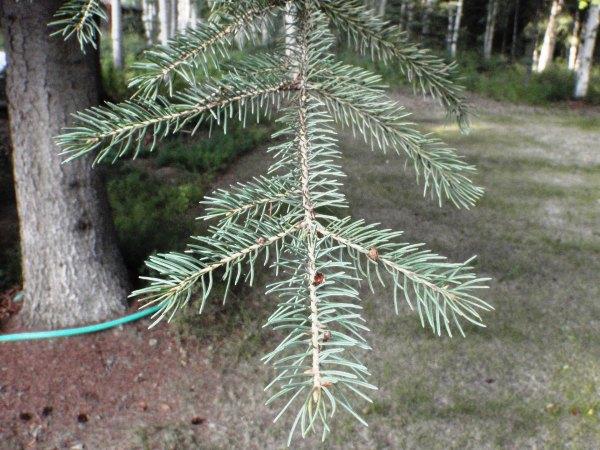 1
1
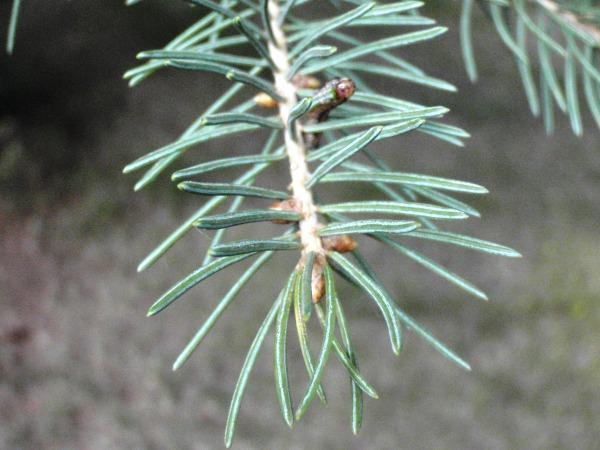 2
2
 3
3
[1-3] at Fairbanks on August 10 2012.
|
Doitsutouhi (ドイツトウヒ, 独逸唐桧), Norway spruce Oshu-touhi (オウシュウトウヒ, 欧州唐桧) |
Lifeform: evergreen, needle-leaved tree, occasionally 50 m tall Distribution: northern and central Europe introduced to Japan in the middle of Meiji Era |
Habitat: dominant tree in boreal forests with fertile soils Use: snowbreaks, windbreaks and garden trees in Hokkaido, architectural material, including piano |
 1
1
 2
2
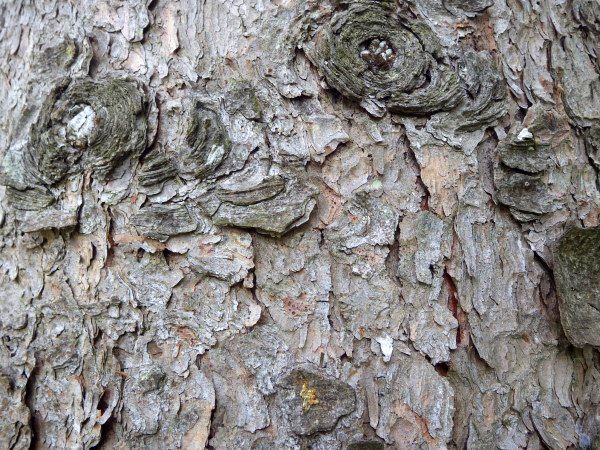 3
3
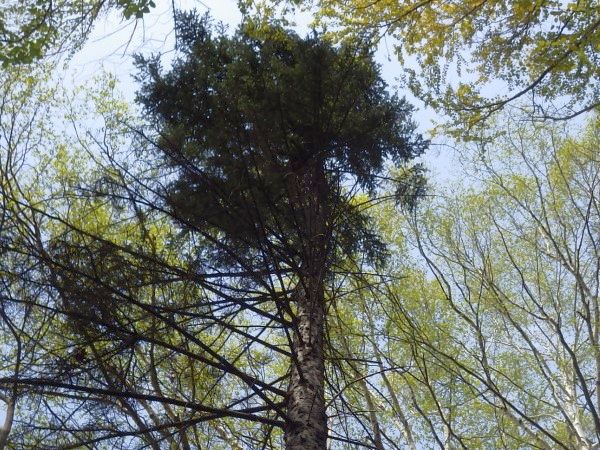 4
4
[1-3] in the Arboretum of Shibecha Kyoto University Experimental Forest, on June 27 2019. [4] in an artificial pond in the Arboretum of Hokkaido University adjacent to Poplar Boulevard in the Hokkaido University campus on April 28 2023.
|
Kororadotouhi (コロラドトウヒ), Colorado blue spruce Pungensutouhi (プンゲンストウヒ) Amerikaharimomi (アメリカハリモミ, 亜米利加針樅) Lifeform: tall needle-leaved evergreen tree |
Distribution: the Rocky Mountains, West Coast Habitat: forest Use: gardening Cultivars: glauca (ギンヨウコロラドトウヒ), white leaves |
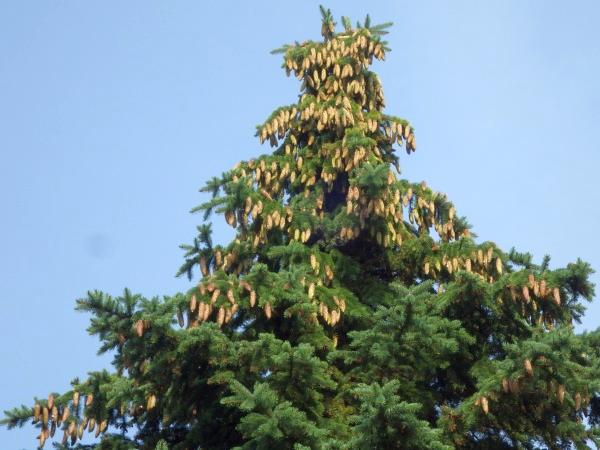 1
1
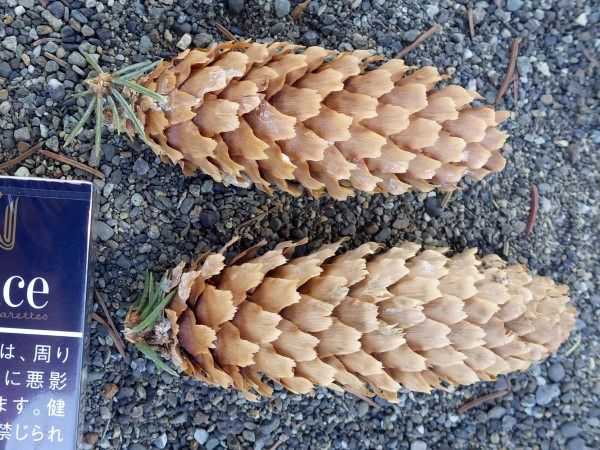 2
2
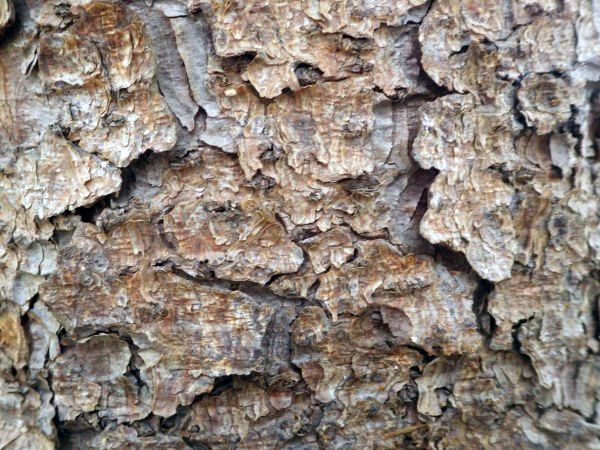 3
3
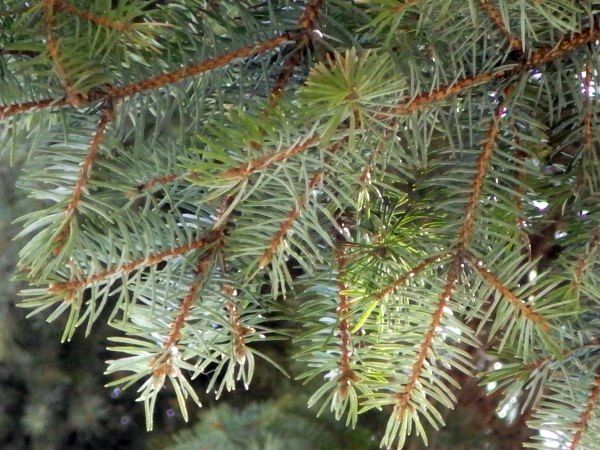 4
4
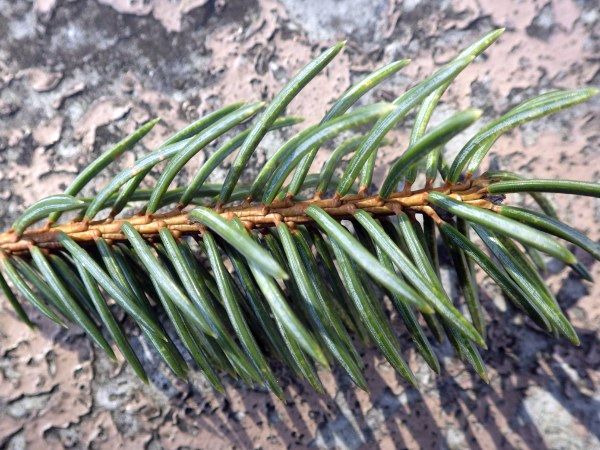 5
5
[1] a bunch of cones on a tree at a parking lot, N28/E2, East Ward, Sapporo, on July 18 2014. Looks like a mast seeding (豊作). [2] at Riverside Park in N37 along Sosei River on April 10 2021. [3] in Toyohira Park, Toyohira Ward, Sapporo, on April 2 2021 (bark, 樹皮). [4/5] at the corner of N24/W5, North Ward, Sapporo, on April 3 2021.
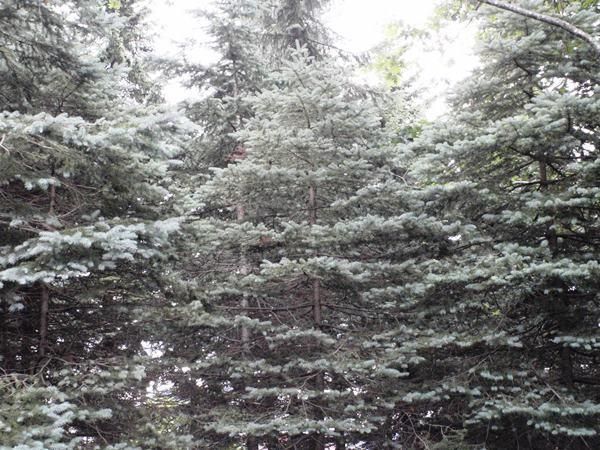 1
1
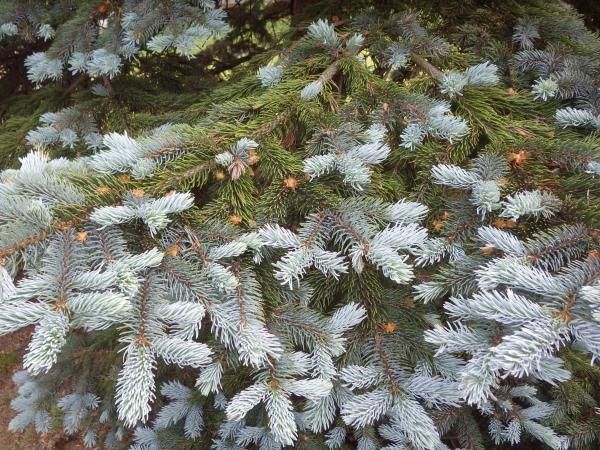 2
2
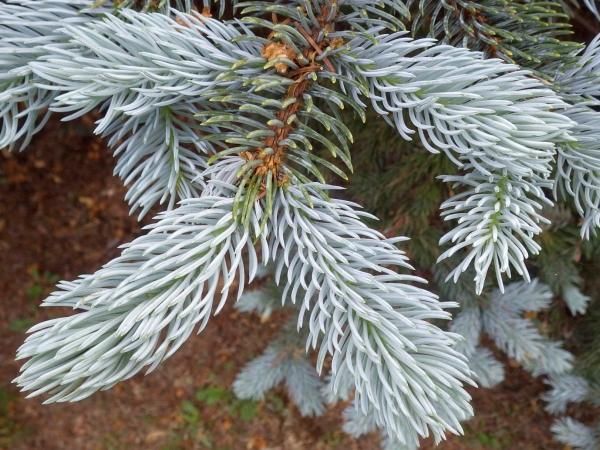 3
3
[1] at the arboretum (樹木園) of Hokkaido Research Center, Forestry and Forest Products Research Institute, in Hitsujigaoka, Sapporo, on July 9 2013. [2/3] cv. glauca at a park near JR Obihiro Station, eastern Hokkaido, on June 6 2014.
|
Engerumantouhi (エンゲルマントウヒ), Engelmann spruce, or silver spruce Lifeform: tall, evergreen tree, occasionally becoming 60 m tall Distribution: at high elevations on the Rocky Mountains in western Noth America Habitat: forests → major climax species |
Seed dispersal: wind Use: woods, pulp, etc. var. engelmannii var. mexicana (Martinez) Silba, only in southwestern USA and a few cultivars |
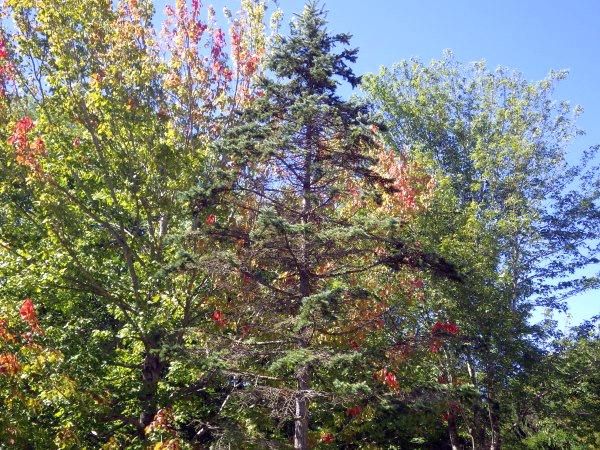 1
1
 2
2
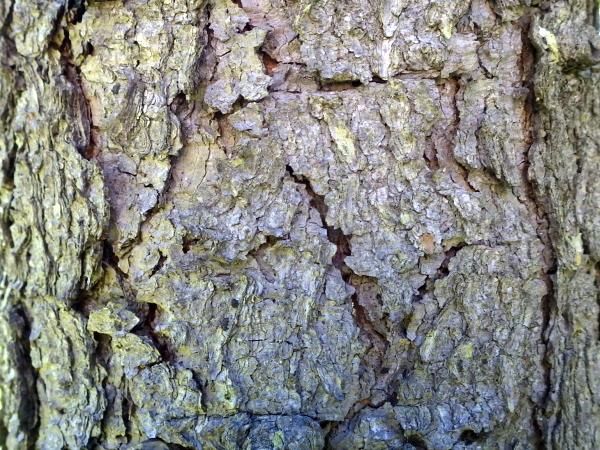 3
3
[1-3] at an arboretum garden in Tomakomai Experimental Forest, HU, on September 17 2015.
|
Shitokatouhi (シトカトウヒ), Sitka spruce Lifeform: large coniferous evergreen tree growing to ≈ 100 m Distribution: west coast of North America (down to California) |
Habitat: temperate rain forests Use: timber and paper |
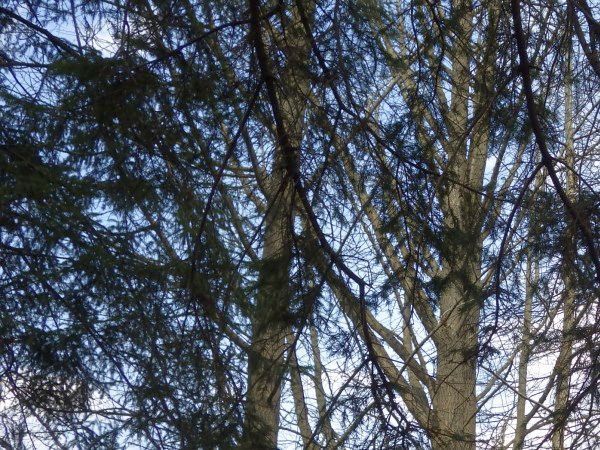 1
1
 2
2
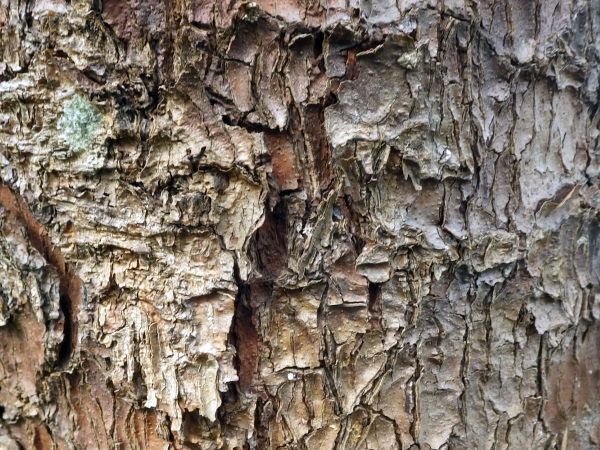 3
3
[1-3] in the salicetums of Botanic Gardens, Tohoku University, Natural Monument Aobayama, northern Honshu, on March 22 2016. Data: Rec. Seeds No. 1241. Ex. Vancouver, Canada. Donat. Bot. Gard. the Univ. of British Columbia. Plant. 15 May 1969